The goal of the Starlink mission is to provide broadband internet all over the globe.
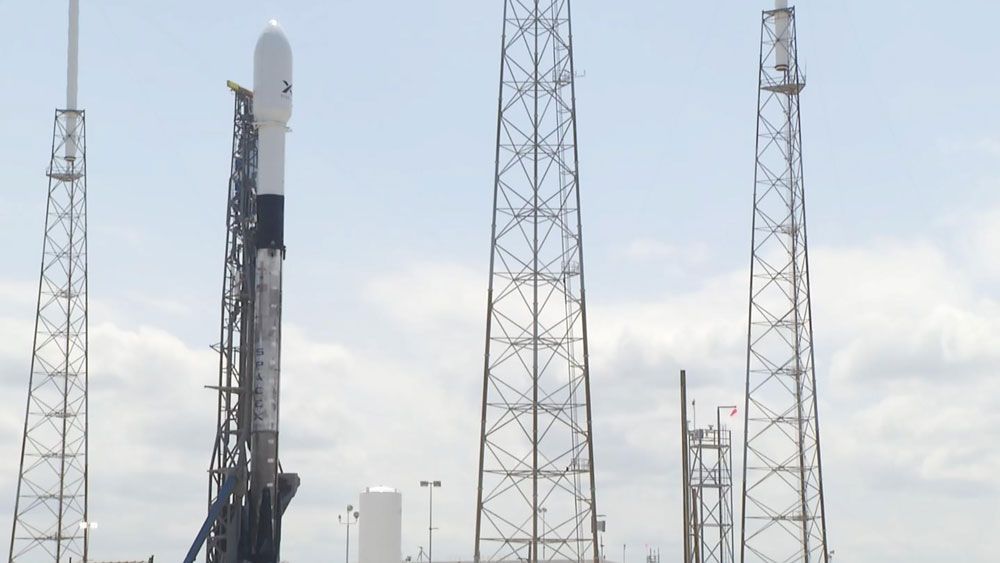

Seattle-based Spaceflight says it’s handling the pre-launch logistics for a Japanese satellite that’s designed to spray artificial shooting stars into the sky.
Tokyo-based ALE’s spacecraft is just one of seven satellites due to be sent into orbit from New Zealand as early as Nov. 25, aboard a Rocket Lab Electron launch vehicle.
It’ll be the 10th Electron launch, earning the nickname “Running Out of Fingers.” It’ll also be the first launch to test the guidance and navigation hardware as well as the sensors that Rocket Lab will eventually use to help make the Electron’s first stage recoverable.
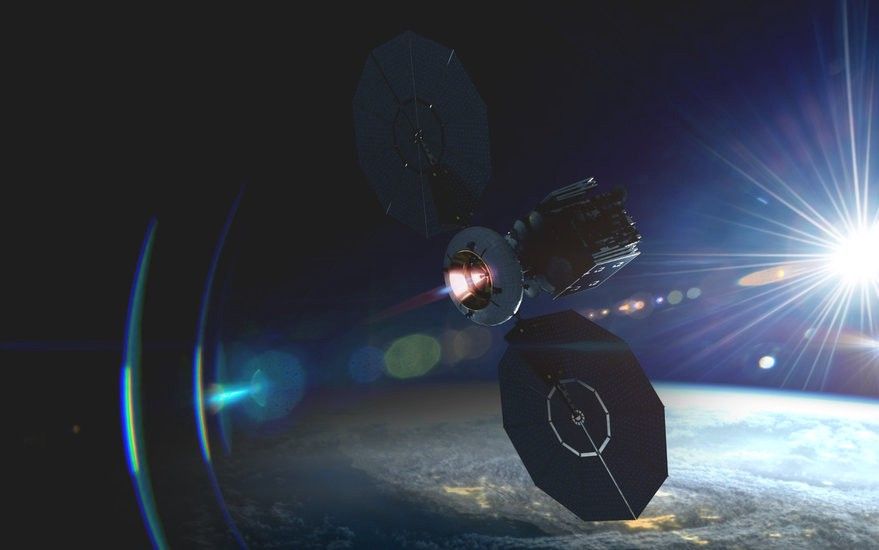
This is yet another glaring example of the innovative spirit of Silicon Valley. The startup has been successfully testing the novel idea on its El Camino Real spacecraft — launched on a Russian Soyuz rocket in July 2019. Momentus will continue to perform simulations on its spacecraft for the next few months to gather enough data to compare it with the results of the ground tests to validate the proper functioning of the new system.
It’s spacecraft, El Camino Real, is a 16-unit CubeSat integrated by Astro Digital — a spacecraft manufacturer and geospatial data analysis company based out of California as well. Momentus has already secured funding of $34 million funding to develop two shuttles, Vigoride and Vigoride Extended, which will maneuver satellites between orbits.
The most prominent application for this is when new satellites are deployed in orbits via rockets. When the former is dropped off in orbits, they can be moved to optimal positions using this technology in a cheap & efficient manner. Momentus originally started off in 2018 as a transportation service for small satellites seeking rides to medium Earth, geostationary or low lunar orbit.

The atmosphere is fluid. This means it’s subject to fluid dynamics, such as circulation, currents, and, yes, gravity waves. The atmosphere is always in motion, so these phenomena happen all the time; but actually seeing them is another matter.
Well, thanks to weather satellites, now you can take a mighty gawk at atmospheric gravity waves that rippled out over Western Australia last week.
Not to be confused with gravitational waves, which are disturbances in the curvature of spacetime created by massive acceleration, gravity waves, also known as buoyancy waves, are a physical phenomenon where waves are generated in any fluid medium, such as waves at the beach, or ripples in a glass of water.

(CNN) — SpaceX is on a mission to beam cheap, high-speed internet to consumers all over the globe. And this week the company revealed a few earthly locations that are already linked to the network, including CEO Elon Musk’s house and the cockpits of a few Air Force jets.
It’s part of early testing for the 60 broadband-beaming satellites and two demo devices that SpaceX has already launched into orbit.
Eventually, the company wants to operate thousands of satellites that will circle the planet at about 300 to 700 miles overhead. The project is called Starlink, and if it’s successful it could forever alter the landscape of the telecom industry.
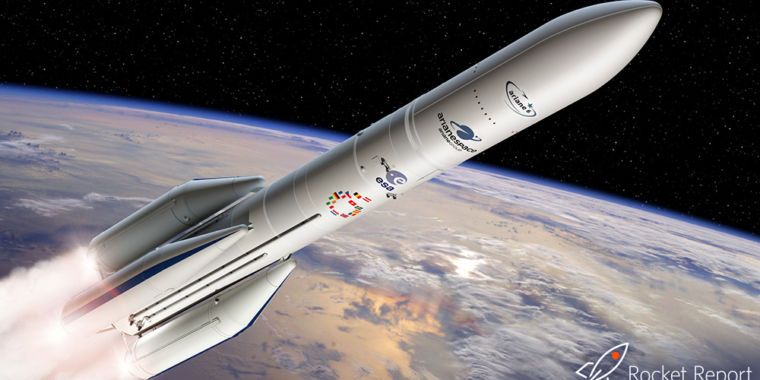
Potential for small science missions … “Small satellites will play a crucial role in science and exploration, as well as providing communications and navigation infrastructure to support returning humans to the Moon,” Rocket Lab head honcho Peter Beck said. “They play a vital role as pathfinders to retire risk and lay down infrastructure for future missions. We think this could be useful for CubeSat science around the Moon or possibly communications relay capability on the cheap.” (submitted by 3ch0 and ADU)
Firefly considering AR1 engine for its Beta rocket. Firefly Aerospace has said it is collaborating with engine-maker Aerojet Rocketdyne to increase the performance of its upcoming Alpha launch vehicle, and the company is also considering Aerojet Rocketdyne’s AR1 engine for a future launch vehicle, SpaceNews reports. In a statement, Firefly CEO Tom Markusic praised the AR1 as an engine well suited for Beta but stopped short of saying the engine’s selection is a done deal.
How far along is AR1 really? … Markusic: “Aerojet Rocketdyne’s AR1 engine, which incorporates the latest advances in propulsion technology, materials science, and manufacturing techniques, is incredibly well-suited to power Beta given its cost-effective, high-performance capabilities.” It is not at all clear to us how close Aerojet is to completing and qualifying the AR1 engine. It also seems like Firefly should get Alpha up and running before it worries too much about the larger Beta rocket. (submitted by Unrulycow)
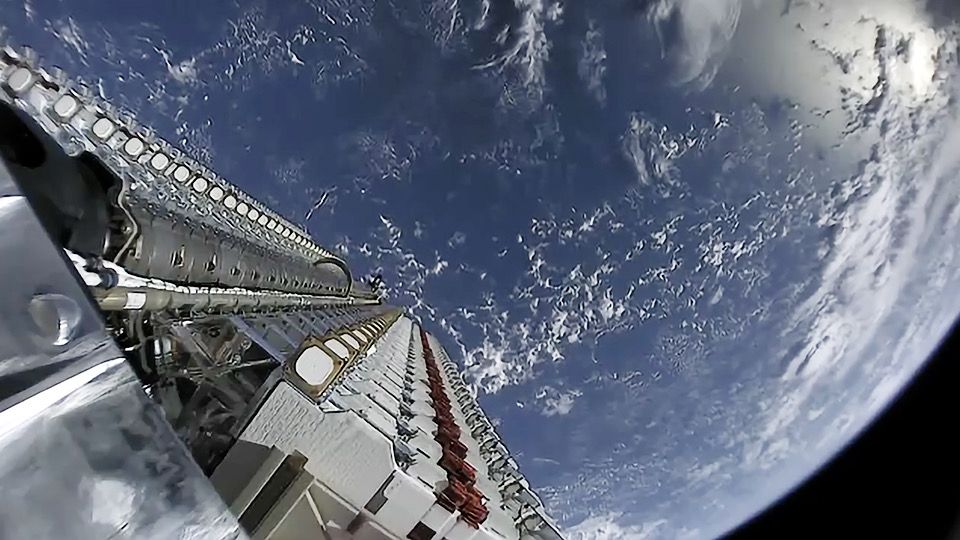
X, the private spaceflight company known for reusable rockets and a giant, shiny Starship, will begin offering its own satellite internet service in 2020, according to SpaceNews. In fact, the U.S. Air Force is already testing it in planes.
To build the service, SpaceX will have to launch up to eight Falcon 9 rockets filled with the company’s Starlink satellites, SpaceX President and Chief Operating Officer Gwynne Shotwell told SpaceNews and other reporters this week at the 70th International Astronautical Congress in Washington.
“We’ll continue to upgrade the network until mid to late next year,” SpaceNews’ Jeff Foust quoted Shotwell as saying during a media roundtable on Tuesday (Oct. 22). “We’re hoping for 24 launches by the end of the year.”
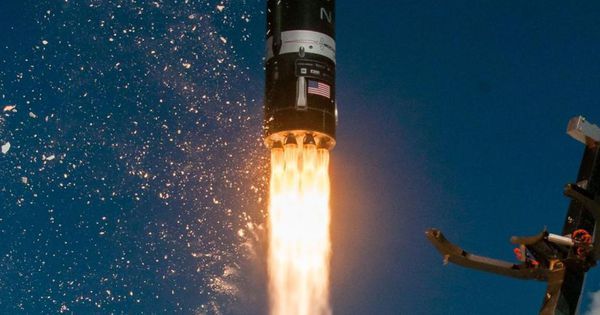
Smallsat launcher Rocket Lab has announced its ambition to begin missions to the Moon in the near-future, using a new satellite launch platform it has developed called Photon.
Announced today at the International Astronautical Congress in Washington D.C., Rocket Lab – which current flies its Electron rocket from New Zealand and will begin launching from a U.S. site next year – said Photon would enable small spacecraft to reach lunar orbit or conduct lunar flybys.
Photon is an evolution of the company’s existing kick stage that is used to deploy satellites in orbit, including on the company’s ninth launch last week, which saw them deploy a satellite to their highest altitude yet. It fits into the existing Electron rocket and is essentially its own standalone spacecraft, containing its own instruments, propulsion, fuel tanks, and more.
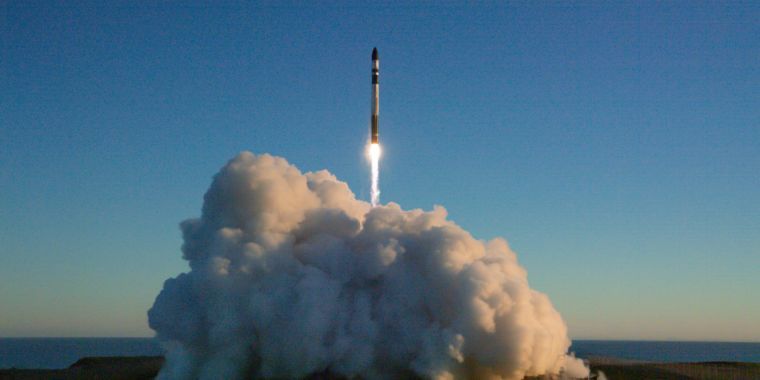
A Rocket Lab spokesperson told Ars that the new service, launching on an Electron rocket, would be capable of sending up to 30kg into lunar orbit and be available as soon as the fourth quarter of 2020. As for pricing, it was not disclosed. “Pricing is tailored to mission requirements, but we’ll be bringing previously impossible missions within reach at attainable prices,” the spokesperson said.
The “Photon” spacecraft is essentially a small third stage for the Electron rocket that provides in-space maneuvering capability for payloads. It combines propulsion, power, attitude determination and control, and radiation-tolerant avionics. These combined capabilities will allow Rocket Lab to deliver small spacecraft on lunar flyby missions, into a Near Rectilinear Halo Orbit (where NASA intends to build a small space station called the Lunar Gateway), L1/L2 points, or lunar orbit. It will take up to 14 days for the Photon vehicle to deliver a payload to lunar orbit.

The core of what we do at Nanalyze is to tell our readers all they need to know about investing in emerging technologies. Sometimes that story is much, much bigger, and what we’re really talking about is investing in emerging industries. NewSpace is one example, launching about 15 years ago with the emergence of companies like SpaceX and Virgin Galactic. It’s probably only within the last five years that the NewSpace industry has achieved real liftoff, with dozens of startups doing everything from offering launch services to building satellites to developing business analytics from space-based imagery. While we may one day end up living on Mars, we’re more interested in living a long and fruitful life right here on Mother Earth, despite the specter of cancer and dementia. An entire industry is coalescing around human longevity, promising to beat these age-related diseases and extend our lives to biblical proportions.
We’ve been covering the topic of life extension for more than five years, beginning with a profile on an anti-aging company called Human Longevity Inc, whose founders include billionaire serial entrepreneur Peter Diamandis and J. Craig Venter, a leading genomics expert. More recently, we introduced you to nine companies developing products in regenerative medicine, a broad category that refers to restoring the structure and function of damaged tissues or organs. We also tackled the more controversial topic of young blood transfusions earlier this year, as well as covered the 2019 IPO of Precision BioSciences (DTIL), a gene-editing company that wants to fight disease and re-engineer food.